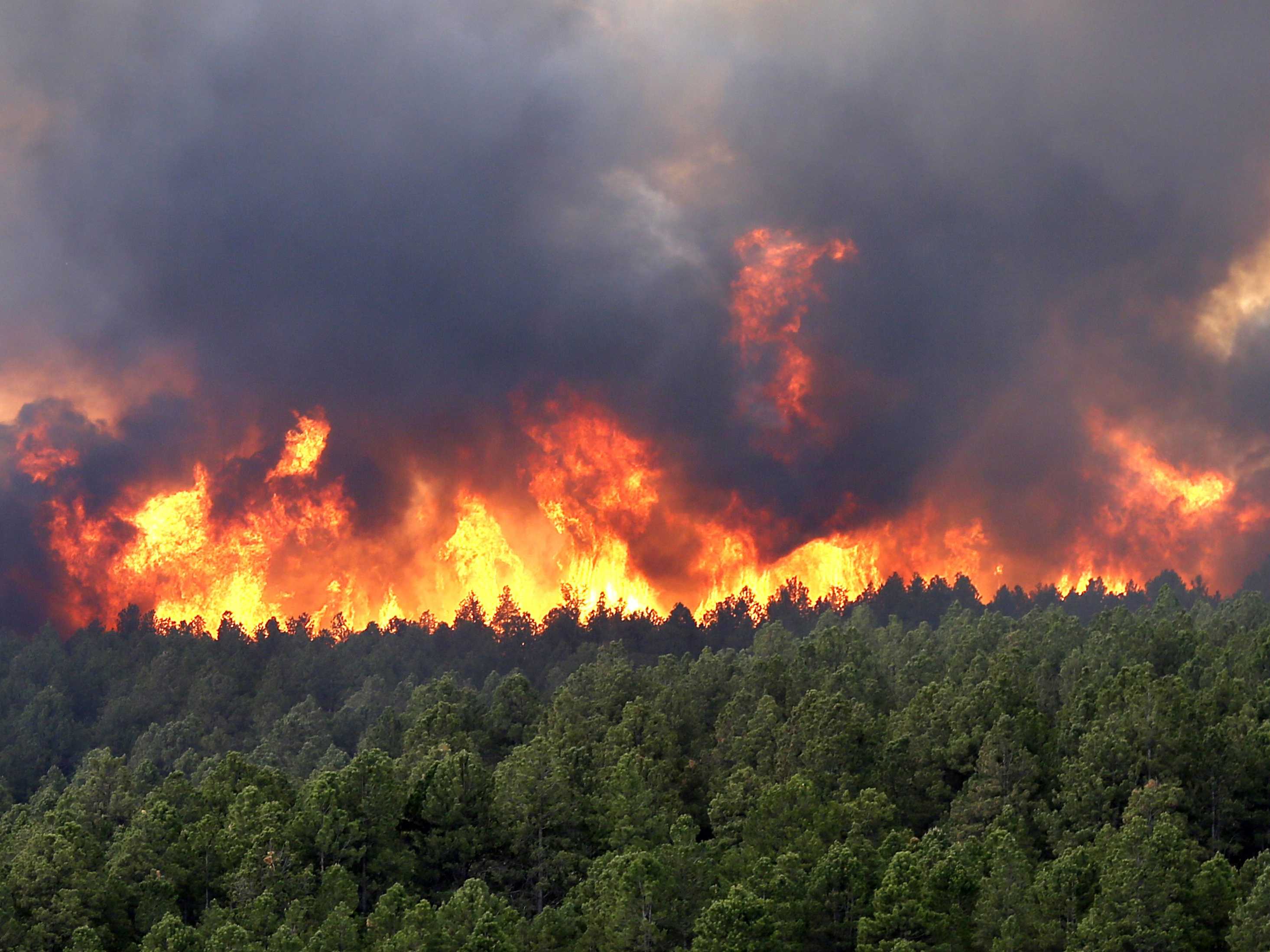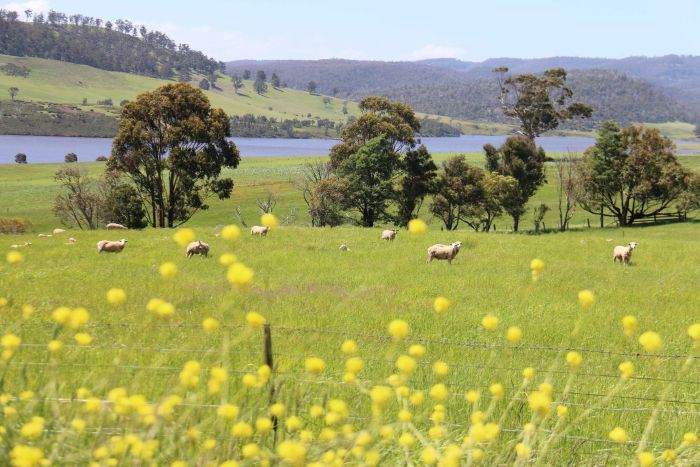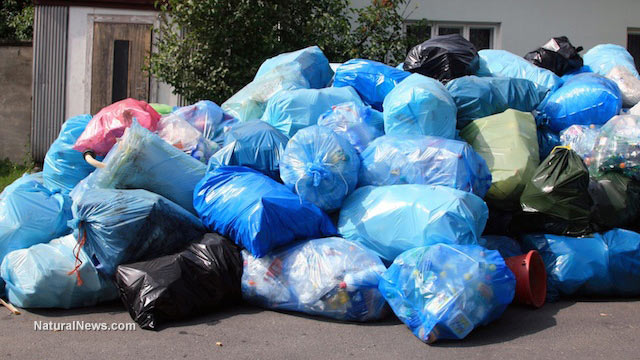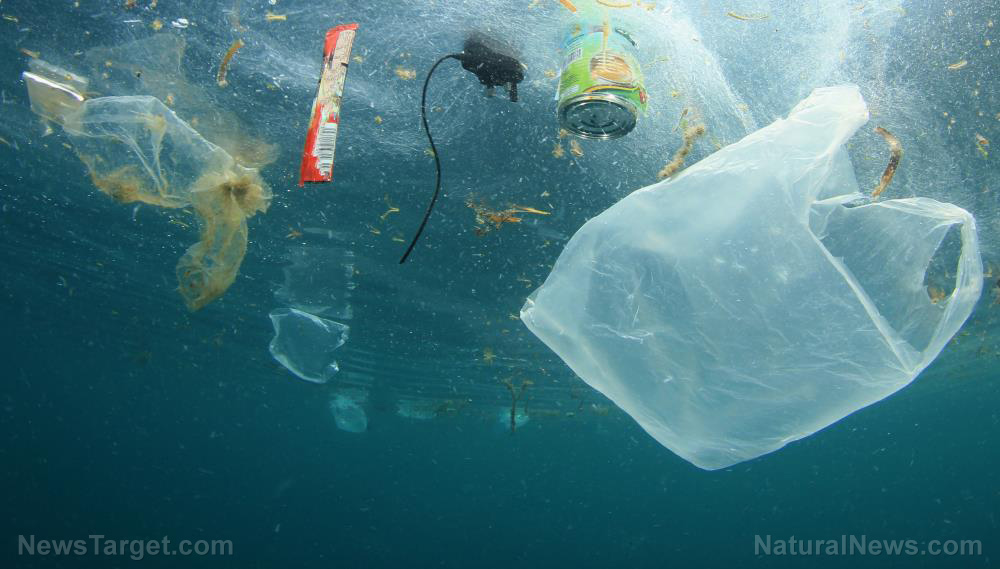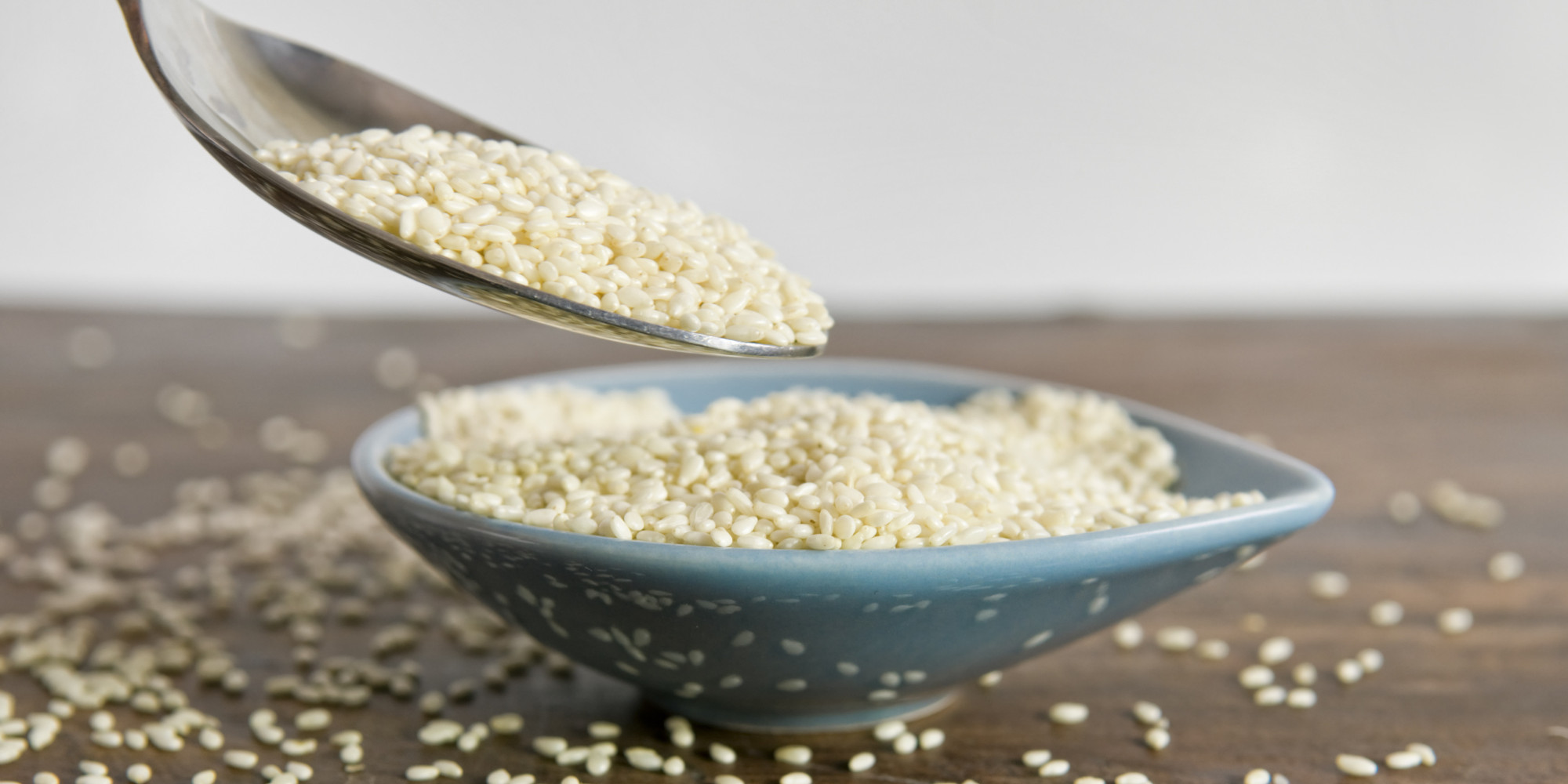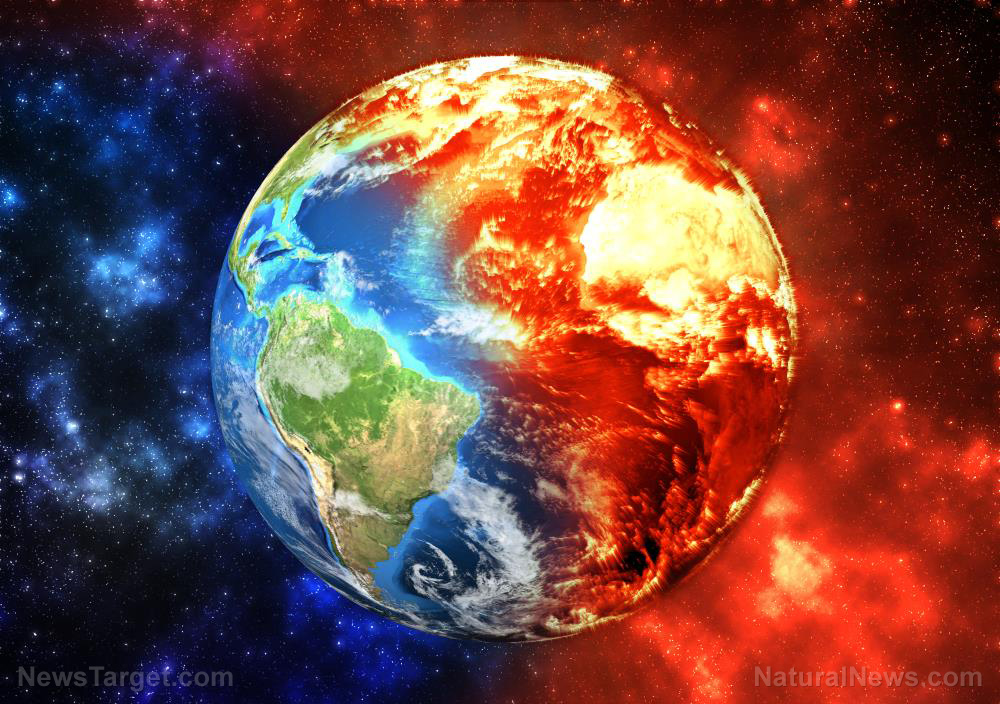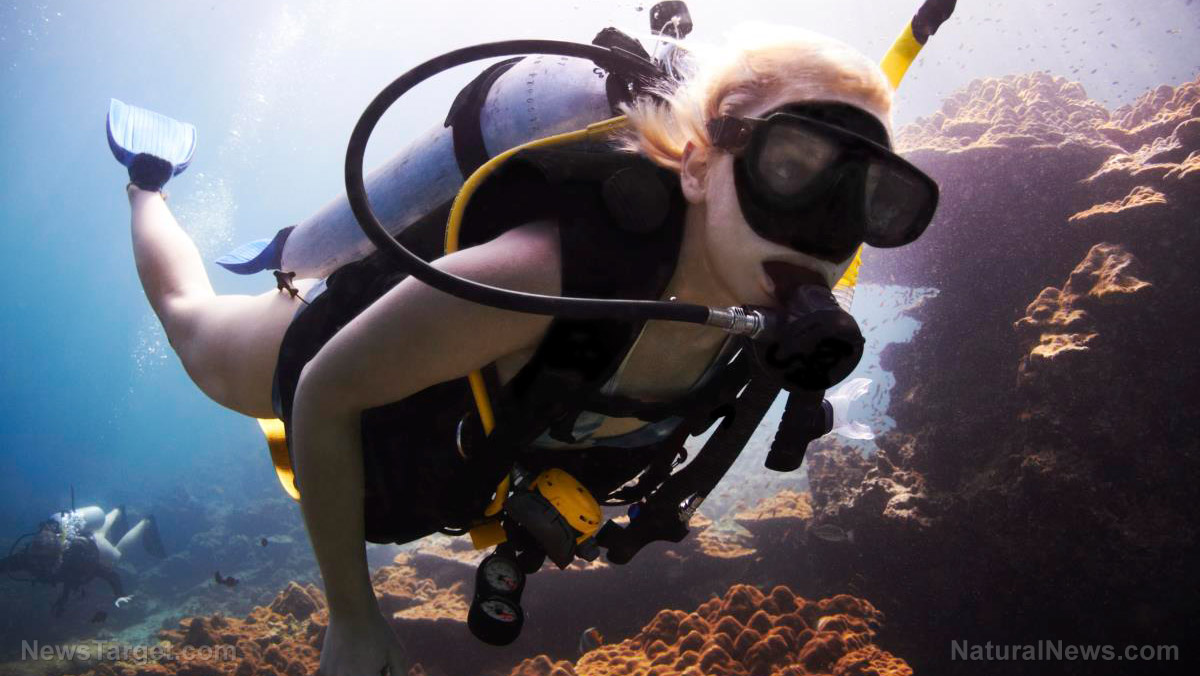Hurricane Harvey damage continues: Coral reefs are now threatened from the runoff
10/21/2017 / By Russel Davis
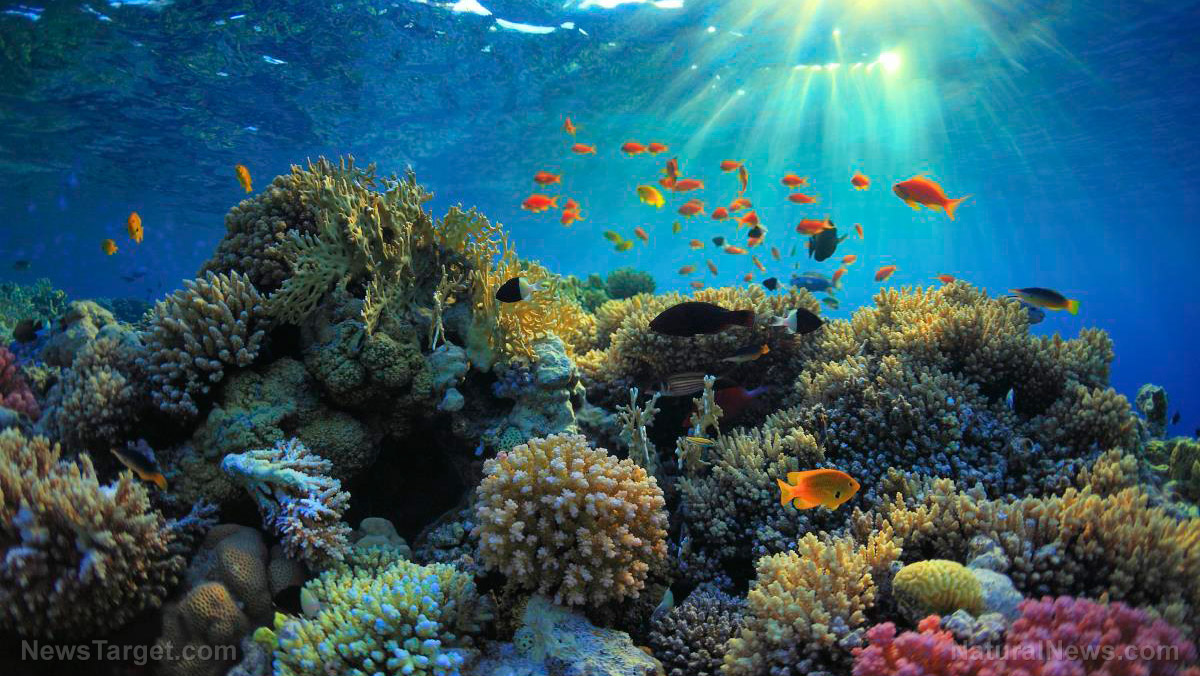
A team of researchers at the Texas A&M University’s Geochemical and Environmental Group (GERG) has found that Hurricane Harvey has generated more than 13 trillion gallons of floodwater in August, which in turn imperiled coral reefs 100 miles offshore of Galveston. According to experts, Hurricane Harvey has produced a record breaking rainfall over southeast Texas and the resulting flood water runoff has created a pool of freshwater in the Gulf of Mexico. The run off has now affected coral reefs located at the Flower Garden Banks National Marine Sanctuary.
Data obtained from the Texas Automated Buoy System, a network of buoys that keep track of the water off the Texas coast and transmit real-time information, has warned of a 10 percent decrease in salinity at buoy five in the Flower Garden Banks coral reefs. In line with this, a team of researchers at the Rice University, the University of Houston-Clear Lake, Texas A&M, and Boston University is set to sail off Galveston to carry out a five-day expedition to the reefs.
The experts are slated to work with researchers at the National Oceanic and Atmospheric Administration’s Office of National Marine Sanctuaries to obtain water samples as well as specimens of certain microbes, sediment, corals and sponges in order to assess the coral reef’s overall status.
“The salinity at one buoy on the reef dropped from 36 to 32 on September 28, but it rebounded to 36 by October 4, and it has been between 35 and 36 since then. In late July 2016 there was a partial die-off on the East Flower Garden Banks. We didn’t know it was happening until a recreational dive boat happened to go out there and see it. Because we didn’t know about the risk ahead of time, we couldn’t sample on a timeline that made it easy to figure out a mechanism for the die-off. With Harvey, we were able to catch the “before” much better than we were in 2016,” marine biologist Adrienne Correa stated in a Daily Mail article.
“When people look at the impact of hurricanes on coral reefs, they often look at physical damage or breakage of reef frameworks by waves and storm surge. Much less is known about the impacts of freshwater influx from the precipitation associated with a hurricane,” Correa added.
Another hurricane impacts marine life
The devastating effect of Hurricane Harvey on coral reefs is not a singular manifestation of how severe weather conditions can impact marine life. In fact, a report published by the University of Central Florida Marine Turtle Research Group has revealed that storm surges generated by Hurricane Irma have posed a great threat on the population of incubating sea turtles in the Archie Carr National Wildlife Refuge. (Related: Hurricane wildlife victims: One hurricane washed away thousands of sea turtle nests, another destroyed monkey habitat.)
The researchers have stated that dune erosion resulting from the storm surge swept away various nests and exposed the turtles’ eggs in the process. The researchers have also noted that more than half of green turtle nests and about 25 percent of loggerhead nests laid during the September nesting season have been lost. A survey of two more nesting grounds has also revealed that the numbers of lost eggs in the said sites are relatively fewer than the wildlife refuge. However, the research team has emphasized that the damages to the sea turtle eggs are still relatively extensive.
“This year was an extraordinarily exciting year for green turtle nesting, breaking all previous records within the refuge and continuing the conservation success story for the species. Unfortunately, we had another big hurricane this year, highlighting the need for continued conservation efforts in the area” Kate Mansfield, assistant professor and director of the UCF Marine Turtle Research Group, has stated in a Science Daily article.
Find more stories like this on Research.news.
Sources include:
Tagged Under: chemicals, coral reefs, Hurricane Harvey, Hurricane Irma, marine life, Oceans, runoff, turtles


